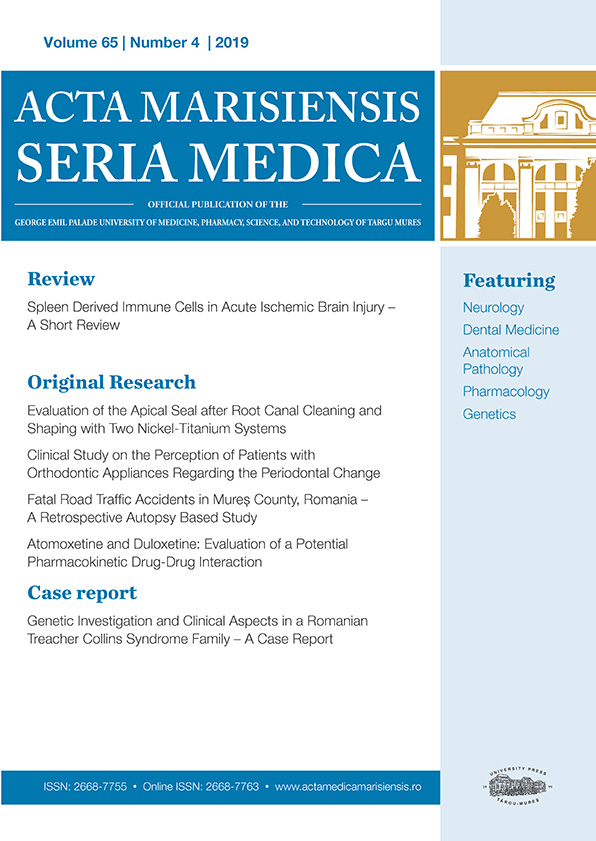The antibacterial potential of biosynthesized silver nanoparticles using beech bark and spruce bark extracts
Abstract
Lately, nanotechnology focuses on the green synthesis of AgNPs, using different plant materials, as this method is accessible, cost-efficient, and ecological. The study aimed to investigate the antibacterial potential of AgNPs synthesized using beech/spruce bark and silver salts. Method: The growth rates of Staphylococcus aureus ATCC 25923 and Escherichia coli ATCC 25922 were evaluated in the presence of the AgNPs solutions. The checkerboard method was performed to evaluate if these solutions exert synergistic activity with gentamicin. Results: The AgNP BBE Nit, in a concentration of 0.0725 mg/mL is the only one from the studied solutions that exert synergistic effect gentamicin (0.25 mg/L), for E. coli. The other studied solutions, in various concentrations, have an indifferent activity with gentamicin. Overall, the AgNP BBEs solutions combined with gentamicin present the lowest values of fractional inhibitory concentration than the ones registered for the combination of AgNP SBEs with gentamicin, for both bacterial strains. The growth rate of the S. aureus was inhibited by all the tested AgNPs at the measured time points. For E. coli, after 24 hours of incubation, the growth rate was inhibited only in the presence of AgNP SBE Ac. After 6 hours of incubation, the growth rate of E. coli was almost stationary. Conclusions: The biosynthesis of AgNPs is a valuable choice for obtaining substances with antibacterial potential.
Copyright (c) 2021 Anca Mare, Adrian Man, Felicia Toma, Bianca Tudor, Lavinia Berța, Corneliu Tănase, Cristina Nicoleta Ciurea

This work is licensed under a Creative Commons Attribution 4.0 International License.









